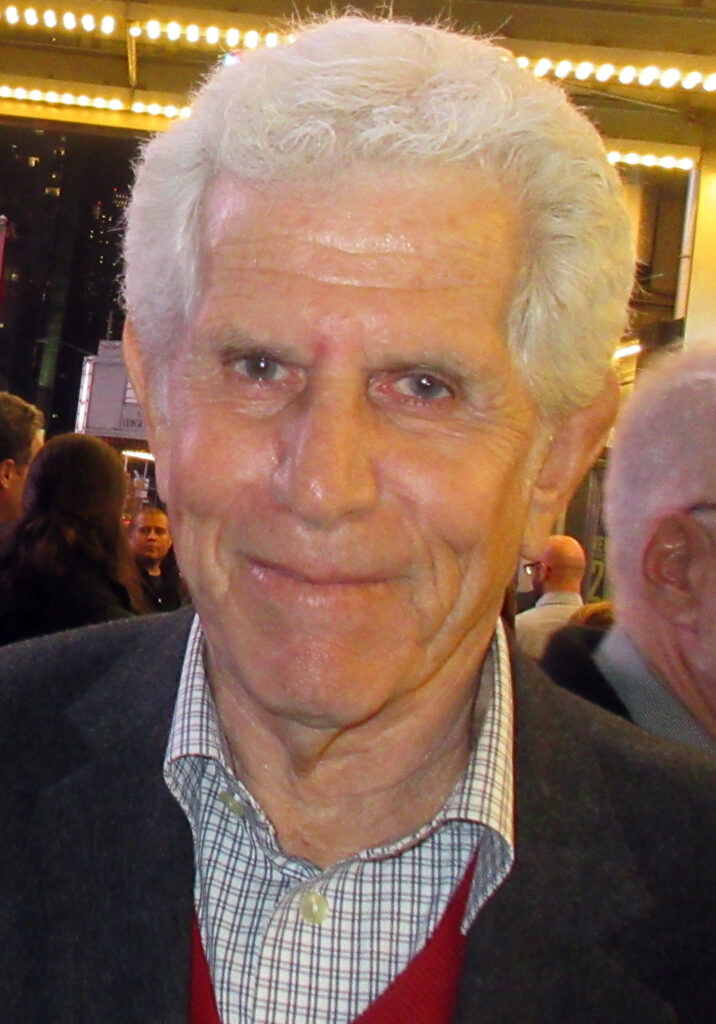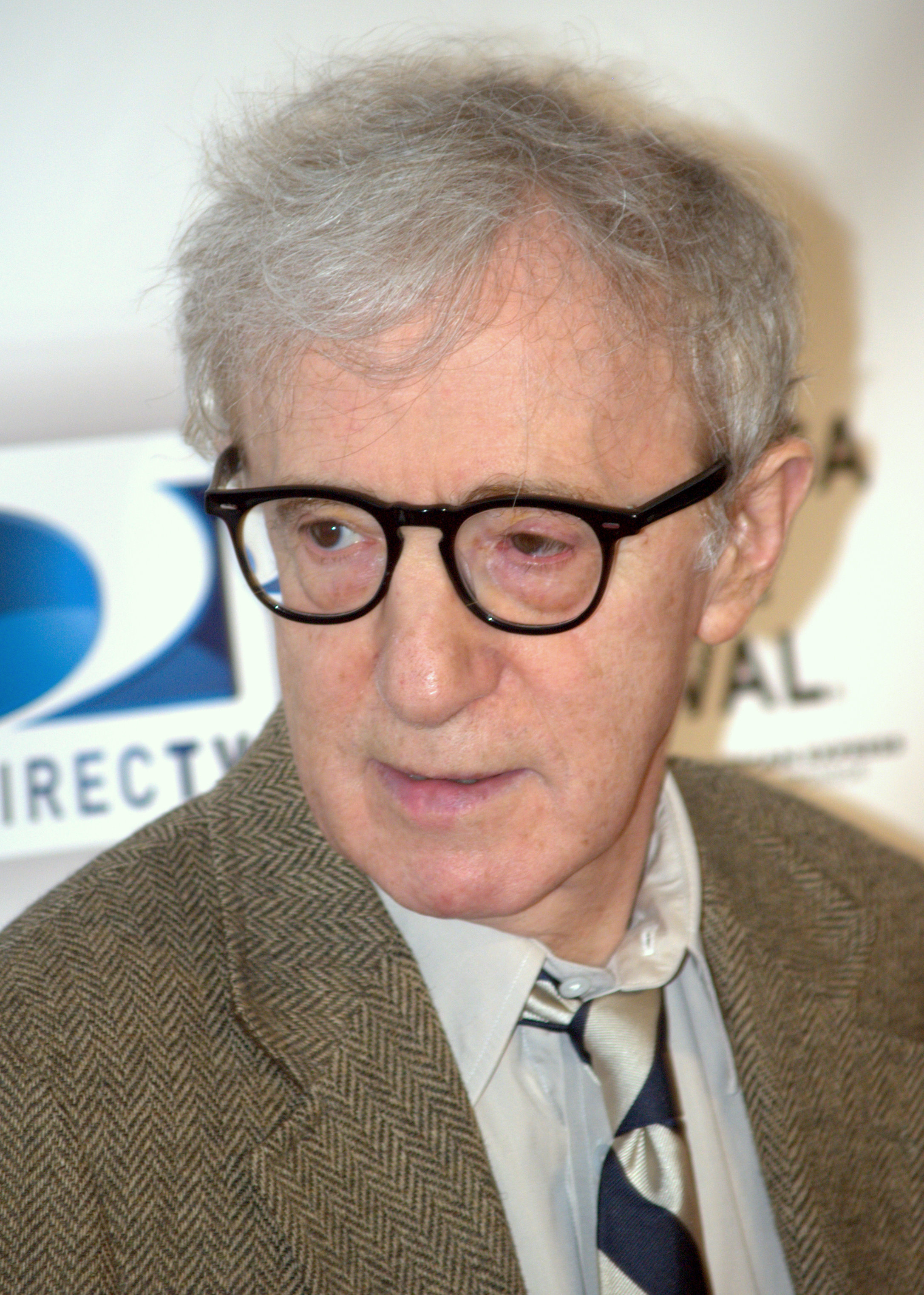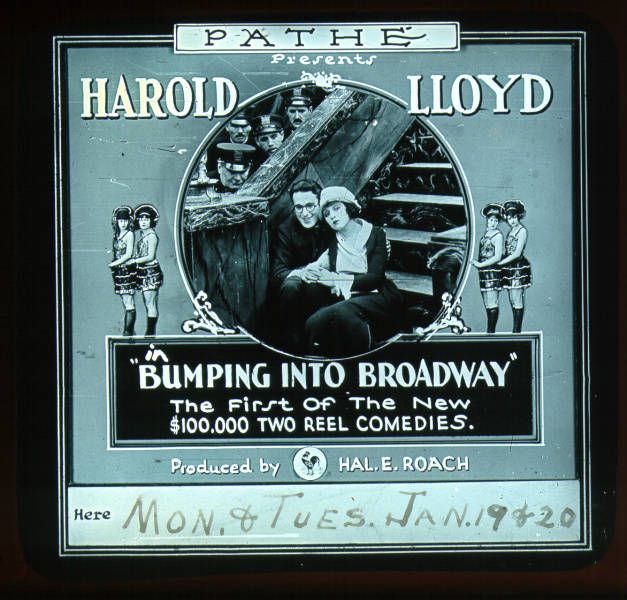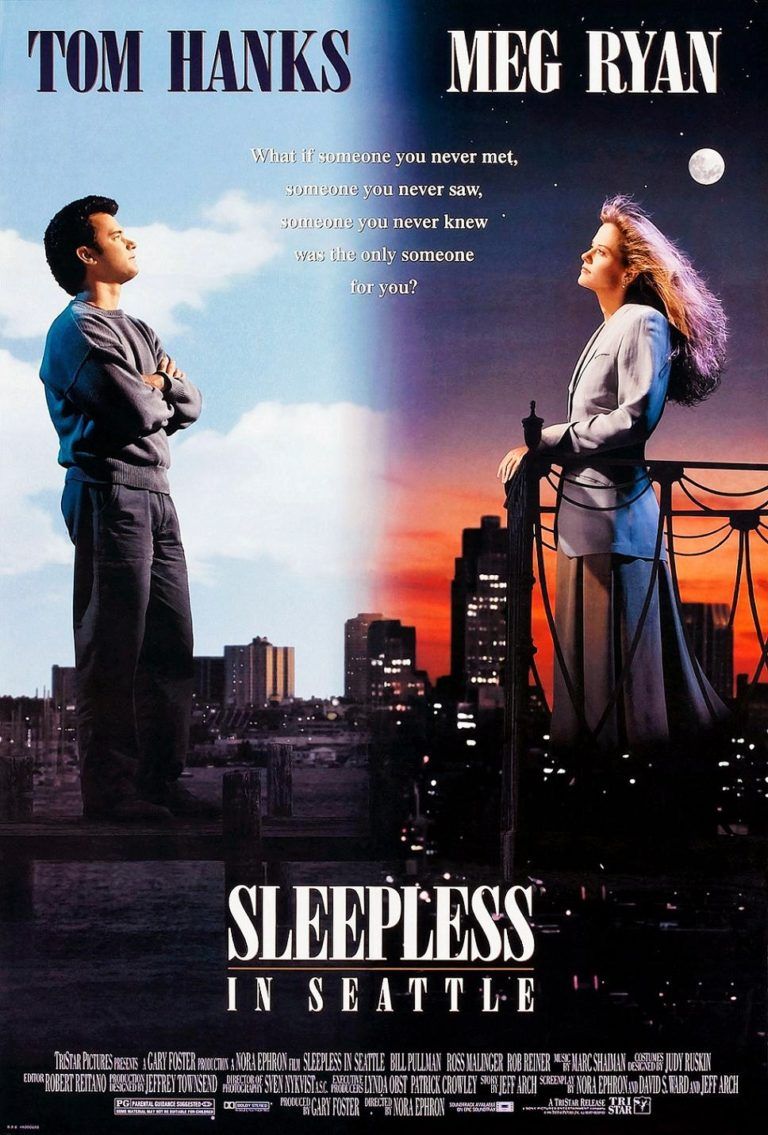
Tony Roberts, the distinguished actor renowned for his versatile performances across Broadway, film, and television, and perhaps best known as the affable, often urbane counterpoint to Woody Allen’s neurotic characters, has died at the age of 85. His passing marks the end of a prolific career that spanned more than six decades, leaving an indelible mark on American theater and cinema.
Roberts’ death, confirmed by his daughter Nicole Burley, brings into focus a life dedicated to the craft of acting, characterized by a genial stage personality and a confident screen presence. Whether originating roles in diverse Broadway musicals, holding his own alongside screen legends, or offering comedic relief as Allen’s best friend, Roberts approached each role with a blend of charm and conviction that captivated audiences and critics alike.
His unique ability to navigate both the demands of live theater and the subtleties of film acting earned him widespread admiration. This article endeavors to provide an in-depth look at the remarkable career of Tony Roberts, beginning with the collaborations that cemented his place in cinematic history and his foundational contributions to the Broadway stage.

1. **A Consistent Collaborator with Woody Allen**Tony Roberts’ name became intrinsically linked with that of writer-director Woody Allen through a remarkable series of collaborations that spanned both Broadway and Hollywood. He appeared in six of Allen’s films and two of his stage productions, forming a professional bond that shaped a significant portion of his public image. Their partnership was characterized by a distinctive on-screen dynamic, where Roberts frequently portrayed the self-assured, often successful friend to Allen’s more anxious and intellectual protagonists.
This recurring role began with the 1966 Woody Allen comedy “Don’t Drink the Water” on Broadway, a play for which Roberts had initially auditioned four times unsuccessfully. It was Allen seeing Roberts perform in “Barefoot in the Park” that finally convinced him of Roberts’ talent, leading to the director’s famous quip, “You were great. How come you’re such a lousy auditioner?” This humorous beginning set the stage for a long and fruitful association.
Their work together continued with the hit 1969 Broadway play “Play It Again, Sam,” which they both reprised for the 1972 film adaptation. Roberts’ ability to embody the quintessential New Yorker, confident and often worldly, made him a natural fit for Allen’s urban narratives. His presence provided a grounding, relatable element that allowed Allen’s idiosyncratic characters to truly shine.
Subsequent film collaborations included iconic titles such as “Annie Hall” (1977), where he played Rob, a successful screenwriter-producer. He also co-starred in “Stardust Memories” (1980), “A Midsummer Night’s Sex Comedy” (1982), “Hannah and Her Sisters” (1986), and “Radio Days” (1987). These projects showcased the depth of their creative synergy, solidifying Roberts as an indispensable part of Allen’s cinematic universe. The consistent casting underscored not just Roberts’ talent, but also Allen’s trust in his ability to deliver performances that perfectly complemented his artistic vision.
Read more about: Alright, Alright, Alright: Unpacking Matthew McConaughey’s Extraordinary Metamorphosis from Rom-Com Royalty to Oscar-Winning Icon

2. **The Tony Award-Nominated Stage Performer**Before his widespread recognition from film, Tony Roberts had already established himself as a formidable presence on the Broadway stage, earning two Tony Award nominations early in his career. His dedication to theater was evident from his Broadway debut in 1962 in the short-lived “Something About a Soldier.” However, it was his subsequent roles that brought him critical acclaim and the industry’s highest honors.
His first Tony nomination came in 1968 for Best Actor in a Musical for his role as Charlie in “How Now, Dow Jones.” This marked him as a performer capable of carrying a leading role in a major Broadway production, demonstrating his vocal and dramatic prowess. The nomination highlighted his versatile talents, blending comedic timing with musical performance, an attribute that would define much of his stage career.
Roberts received his second Tony nomination just a year later, in 1969, for Best Featured Actor in a Play for his performance as Dick Christie in Woody Allen’s “Play It Again, Sam.” In this role, he portrayed the husband whose wife has an affair with his best friend, Allan Felix (played by Allen). This recognition underscored his strength in comedic plays and his ability to contribute significantly to an ensemble, even in a featured capacity.
These early nominations were not just personal achievements but also validations of his commitment to live performance. They cemented his reputation as a respected stage actor, capable of delivering memorable performances in both the musical and dramatic realms of Broadway, setting a high standard for his subsequent work.
Read more about: Stealing the Spotlight: 14 Actors Who Turned a Minor Role into a Major Win and Redefined Their Careers

3. **A Genial Stage Personality in Musical Comedy**Tony Roberts possessed a naturally genial stage personality that made him ideally suited for musical comedy, a genre in which he originated several memorable roles. His ease and charm on stage, combined with a strong vocal ability, allowed him to imbue his characters with a warmth and accessibility that resonated deeply with audiences. He was a performer who genuinely seemed at home under the bright lights of Broadway.
One of his early and significant musical roles was in “How Now, Dow Jones” (1967), a financial-themed musical where his performance earned him his first Tony nomination. This role showcased his ability to blend comedic timing with the demands of a musical score, making complex narratives engaging and entertaining for the audience. He brought a lightness and an approachable quality to the production that was widely appreciated.
He continued to leave his mark on the musical theater world with roles in productions such as “Sugar” (1972), an adaptation of the beloved film “Some Like It Hot.” In “Sugar,” Roberts embraced the physical comedy and gender-bending requirements of the role, further demonstrating his range and willingness to take on diverse theatrical challenges. His performance was central to bringing the classic story to life on stage, requiring both a strong singing voice and impeccable comedic timing.
Later in his career, he co-starred with Julie Andrews in “Victor/Victoria” (1995), the stage version of her popular film. Playing Carroll “Toddy” Todd, Roberts provided an essential anchor to Andrews’ character, offering both comedic support and heartfelt moments. This role, along with his appearance in the campy, roller-disco “Xanadu” in 2007, highlighted his enduring appeal and adaptability in the ever-evolving landscape of Broadway musicals, proving his talent spanned decades.

4. **The Perfect Foil: On-Screen Chemistry with Woody Allen**Tony Roberts’ confident onscreen presence and distinctive physical attributes – his tall frame, broad shoulders, and brown curly mane – made him the perfect foil for Woody Allen’s often neurotic and physically smaller characters. This contrasting dynamic was a cornerstone of their cinematic partnership, enhancing the comedic and dramatic elements of their shared scenes and making their interactions more funny and enjoyable to watch.
The Jewish Daily Forward, in 2016, specifically commented on this synergy, noting how Roberts’ self-assured demeanor provided a natural counterpoint to Allen’s various neuroses. He often embodied the successful, well-adjusted friend or colleague, an archetype that allowed Allen’s anxieties and eccentricities to stand out in sharper relief. This was particularly evident in films like “Annie Hall,” where Roberts’ character, Rob, a successful screenwriter-producer, became exasperated with Allen’s high-brow disdain of TV and California, creating a classic comedic tension.
Christopher Isherwood, writing in The New York Times, once observed that Allen crafted Roberts’ characters specifically to “epitomize suave charm in contrast to his own hapless shrubbery.” This observation perfectly encapsulates the intentional casting and the effectiveness of their on-screen relationship. Roberts’ presence allowed Allen to explore themes of insecurity, intellectualism, and social awkwardness through a relational lens, where the audience could clearly see the stark differences between the two men.
Their chemistry was not merely about physical contrast but also about their complementary acting styles. Roberts had an ability to deliver lines with a naturalistic confidence that made his characters believable, even when they were reacting to Allen’s more exaggerated quirks. This dynamic was a testament to both actors’ skills and their shared understanding of the comedic and dramatic beats necessary to make their scenes resonate, creating some of the most memorable moments in Allen’s filmography.

5. **Broadway Debut and Stepping into Big Shoes**Tony Roberts’ entry onto the Broadway stage was not just a professional milestone but also a testament to his burgeoning talent and serendipitous opportunities. His official Broadway debut occurred in 1962 in the play “Something About a Soldier,” a short-lived production that nonetheless marked the beginning of a remarkable theatrical journey for the young actor. This initial experience set the foundation for a career that would see him become a true fixture on the Great White Way.
A pivotal moment in Roberts’ early stage career arrived in 1965 when he stepped into the role of Paul Bratter in the original production of Neil Simon’s hit comedy “Barefoot in the Park.” This was no ordinary role; he replaced none other than Robert Redford, who had originated the part. Stepping into the shoes of an already acclaimed actor in a popular show is a challenge, but Roberts met it with aplomb, staying with the production for 18 months.
The story of how he got the role highlights both his talent and a touch of good fortune. His college girlfriend, Penny Fuller, who was already in the show, helped him get an audition to serve as a backup to Redford’s understudy when Redford was scheduled to take a couple of weeks off. Unexpectedly, the understudy broke his ankle playing softball, thrusting Roberts into the spotlight much sooner than anticipated. He famously recalled, “His break was my big break.”
This early success not only showcased Roberts’ ability to seamlessly take over a demanding role but also solidified his presence on Broadway. It was during his run in “Barefoot in the Park” that Woody Allen first saw him perform, leading to Allen’s realization that Roberts, despite his earlier poor auditions, was indeed a talented actor worth casting. This moment became a crucial turning point, linking his successful Broadway career with his future cinematic partnerships.
Read more about: Betty Bonney, Singer of ‘Joltin’ Joe DiMaggio,’ Dies at 100: A Look Back at Her Enduring Legacy in Big-Band and Television

6. **The Evolution of a Partnership: From Auditions to Deep Collaboration**Tony Roberts’ enduring professional relationship with Woody Allen, which would become a defining aspect of his career, began somewhat unconventionally, evolving from initial rejections to a deep and prolific collaboration. Their first meeting took place in 1966 when Roberts auditioned for Allen’s first Broadway play, “Don’t Drink the Water,” a process he underwent four times. Producer David Merrick favored Roberts for a lead role, but Allen initially sought someone else, creating a persistent back-and-forth.
The breakthrough came when Merrick insisted Allen see Roberts perform in “Barefoot in the Park,” where Roberts had replaced Robert Redford. As Roberts recounted in a 2014 interview, Allen, accompanied by his then-wife Louise Lasser, visited his dressing room after the show. Allen’s candid reaction—“You were great. How come you’re such a lousy auditioner?”—marked the beginning of their working relationship, finally securing Roberts the part in “Don’t Drink the Water.”
Despite this initial casting, Roberts noted that their communication on “Don’t Drink the Water” was minimal, stating, “I couldn’t have exchanged more than two sentences with Allen.” It was during their collaboration on “Play It Again, Sam,” a production that brought them closer, that their professional rapport truly began to deepen. This marked a shift from a director-actor relationship built on initial skepticism to one founded on mutual respect and understanding.
Their bond extended beyond the stage, transitioning into film adaptations and numerous other cinematic projects. Roberts often shared insights into Allen’s meticulous creative process, recalling a complicated scene in “A Midsummer Night’s Sex Comedy” that Allen reshot repeatedly to achieve his desired effect. Roberts reflected on this, saying, “When you go back to see (Allen’s work) two, three, four times, you begin to see the amazing amount of art in it, that nothing is accidental.” This statement encapsulates the profound appreciation and understanding that grew between them, transforming a hesitant start into one of cinema’s most recognized and successful actor-director partnerships.

7. **Venturing Beyond the Allen Oeuvre: A Broader Cinematic and Television Canvas**While Tony Roberts’ collaborations with Woody Allen undeniably formed a cornerstone of his career, his filmography extended far beyond these iconic roles, showcasing a versatile talent that found him working with esteemed directors and across diverse genres. He delivered memorable performances in two of the most quintessential New York City films of the 1970s: Sidney Lumet’s gritty crime drama “Serpico” (1973), where he played Bob Blair, and Joseph Sargent’s taut thriller “The Taking of Pelham One Two Three” (1974), in which he portrayed Deputy Mayor Warren LaSalle. These roles allowed him to inhabit the serious, authoritative side of his persona, a stark contrast to the affable friend often seen alongside Allen.
Roberts also demonstrated his range by stepping into a rare leading role in the horror genre with “Amityville 3-D” (1983), playing John Baxter, a deeply skeptical tabloid journalist who buys a haunted house. This foray into a more commercial, genre-specific film highlighted his willingness to explore different avenues in his acting career, moving beyond the sophisticated urban dramas he was typically associated with. Earlier in his film career, he made his screen debut in the Walt Disney screwball comedy “The Million Dollar Duck” (1971), proving his adaptability to family-friendly fare. His roles in films like “Just Tell Me What You Want” (1980) and Blake Edwards’ “Switch” (1991) further illustrated his capacity for diverse character portrayals.
His television work, though perhaps less celebrated than his stage and major film roles, was equally extensive and varied. Roberts starred in several short-lived series, including “The Four Seasons” (1984) and “The Lucie Arnaz Show” (1985), where he played the boss of a radio psychologist. He was also featured as a lead in the NBC legal drama “Rosetti and Ryan” (1977). Furthermore, he became a familiar face to television audiences through guest appearances on popular shows, including a role as Devon “Sonny” Lane in “Murder, She Wrote” and multiple stints on the “Law & Order” franchise, portraying different characters across its various iterations. These roles, whether fleeting or recurring, solidified his presence in the wider landscape of American entertainment.
Roberts’ early television career included an appearance with Larry Hagman on the CBS soap opera “The Edge of Night,” where he was the third actor to play Lee Pollock. He also shared the screen with Penny Fuller, his college girlfriend, in the ABC comedy “The Thorns.” His appearance on “The Love Boat” in 1978, where his character fell in love with cruise ship director Julie McCoy, only to ultimately not pursue a romantic relationship, showcased his ability to bring nuance and charm even to episodic television. These varied television credits demonstrate a consistent commitment to his craft, ensuring his presence across different media platforms throughout his career.
8. **Formative Years and the Allure of the Stage: An Early Calling**Tony Roberts’ journey into the world of acting was not a sudden decision but rather a deeply ingrained calling, cultivated from his earliest years within a family steeped in the performing arts. Born David Anthony Roberts in New York City on October 22, 1939, he was the son of distinguished radio and television announcer Ken Roberts, whose voice graced daytime soap operas, quiz shows, and even the iconic “The Shadow” alongside Orson Welles. His mother, Norma Finkelstein, also had a creative profession, working as a “Girl Friday” for the renowned Betty Boop and Popeye cartoonist Ken Fleischer. This environment naturally nurtured his artistic inclinations.
Growing up amidst this creative energy, Roberts often accompanied his father to recording studios. He vividly recalled being seven, eight, or ten years old, watching “grown-ups in suits and ties pretend to be cops, robbers, astronauts, politicians.” He was captivated by their investment in their stories, remarking, “It was like watching grown-ups behave like children. That is what did it for me.” This early exposure to the magic of performance solidified his ambition. He later penned in his memoir, “Do You Know Me?”, that “Unlike many of my pals, who didn’t know what they wanted to become when they grew up, I knew I wanted to be an actor before I got to high school.”
Despite his innate passion, his path was not without challenges or familial reservations. His father, Ken Roberts, initially did not want him to pursue acting as a profession. This sentiment was echoed by his cousin, Everett Sloane, a very fine actor and member of Orson Welles’ Mercury Players company, as well as his father’s best friend, Paul Stewart, another “Citizen Kane” actor. These seasoned professionals understood the inherent difficulties of an acting career and sought to dissuade him. However, Roberts’ determination remained unwavering, a testament to the strength of his early conviction.
He channeled this resolve into formal education, attending The High School of Music & Art in Manhattan, a prestigious institution known for nurturing young artistic talent. Following this, he pursued higher education at Northwestern University in Illinois, where he majored in speech and theater. These academic pursuits provided him with the foundational skills and theoretical understanding necessary to embark on a professional acting career, preparing him for the rigors of Broadway and beyond. His early life, shaped by artistic immersion and steadfast ambition, laid the groundwork for his remarkable six-decade career.
Read more about: Louie’s Heartfelt Goodbye: What His Silent Sorrow Teaches Us About Our Grieving Feline Friends

9. **The Unseen Performer: Tony Roberts as a Prolific Audiobook Narrator**Beyond his visible performances on stage and screen, Tony Roberts cultivated a significant and extensive career as an audiobook narrator, lending his distinctive voice and interpretive skills to a vast library of recorded literature. For more than two decades, he became the voice of Det. Stone Barrington, the protagonist in a popular series of audiobooks by author Stuart Woods. This long-standing commitment to a single character in the audiobook realm speaks volumes about his ability to sustain characterization and engage listeners over many hours of narration, establishing a deep connection with the audience through sound alone.
His work as an audiobook narrator allowed him to explore a different facet of performance, where the subtlety of his vocal inflections, pacing, and emotional nuance became paramount. He didn’t just read words; he performed them, bringing narratives to life for countless listeners. This required a different kind of immersion and discipline, focusing solely on the auditory experience to convey plot, character, and atmosphere without the aid of visual cues or fellow actors. It’s a testament to his talent that he could translate his dynamic stage presence into the intimate medium of audio.
The breadth of his audiobook contributions further highlights his versatility. In addition to the Stuart Woods series, Roberts’ voice graced a diverse array of other acclaimed audiobooks. He narrated Andrew Vachss’s “Batman: The Ultimate Evil,” delving into a darker, more intense narrative. He also lent his voice to Kurt Vonnegut’s classic “Cat’s Cradle,” capturing the satirical and philosophical complexities of the novel. Furthermore, he was the narrator for Spencer Johnson’s influential motivational book “Who Moved My Cheese?”, demonstrating his ability to adapt his style to non-fiction and self-help genres.
This prolific output as an audiobook narrator allowed Roberts to reach an entirely different demographic, providing an accessible form of entertainment and storytelling to those who enjoy literature through listening. His contributions in this field ensured that his voice, recognized and beloved by many, continued to enrich lives even when he was not on screen or stage. It stands as a significant, though often less visible, part of his enduring artistic legacy, solidifying his reputation as a master of vocal performance.

10. **A Broadway Stalwart: Enduring Success and Theatrical Versatility**Tony Roberts’ career on Broadway was not just marked by early nominations but by an enduring presence and remarkable versatility that saw him consistently gracing the Great White Way in a wide array of productions for nearly five decades. After his initial successes, he continued to land significant roles, including one of his biggest Broadway triumphs in Charles Busch’s hit comedy “The Tale of the Allergist’s Wife” (2000), where he played Ira, the title character’s husband. This role showcased his mature comedic talents and his ability to carry a major production well into his later career.
Beyond originating roles, Roberts also became a respected “replacement” actor, stepping into established and often challenging roles in some of Broadway’s longest-running and most iconic hits. This required not only exceptional talent but also a seamless ability to integrate into an existing cast and maintain the show’s integrity. He notably replaced Jerry Orbach in Neil Simon’s “Promises, Promises,” and also took over roles in “They’re Playing Our Song,” “Jerome Robbins’ Broadway,” and “The Sisters Rosensweig.” This adaptability underscored his profound understanding of theatrical mechanics and his reliable stagecraft.
His willingness to tackle diverse theatrical challenges was also evident in his appearance in the 1998 Roundabout Theatre Company revival of “Cabaret,” where he played Herr Schultz, a poignant role that blended dramatic depth with musicality. Furthermore, his engagement with classic plays saw him in “Arsenic and Old Lace” (1986). His international appeal was highlighted when he starred with Betty Buckley in the West End production of “Promises, Promises” in London, taking on the role famously originated by Jack Lemmon in the film “The Apartment” – a true testament to his broad appeal and capability.
Roberts made his final stage appearance in 2009 in “The Royal Family,” a production that, despite a minor seizure during a preview performance, he rejoined after recovery, underscoring his unwavering dedication to live theater. His extensive Broadway credits, totaling 23 productions from “Take Her, She’s Mine” in 1961 to “The Royal Family” in 2009, illustrate a career deeply interwoven with the fabric of American theater. He truly became a fixture, an indelible part of Broadway’s rich history, consistently delivering performances that captivated and moved audiences.

11. **Reflecting on the “Golden Age”: A Witness to Broadway’s Zenith**Tony Roberts offered a unique and invaluable perspective on the evolution of American theater, having been an active participant during what he affectionately referred to as the “Golden Age of Broadway.” In a 2015 interview with Broadway World, he reflected on this seminal period, stating, “I was lucky enough to get in on the last years of the Golden Age of Broadway. In that era there was a lot more going on that seemed to have high quality about it and great conviction.” This sentiment encapsulates his appreciation for a time when theatrical productions were characterized by a profound sense of artistic integrity and a commitment to excellence.
For Roberts, the “Golden Age” wasn’t merely about commercial success or star power, but about the intrinsic quality of the work itself – the writing, the performances, and the overall conviction behind each production. He perceived an era where the focus was intensely on artistic merit and storytelling depth, fostering an environment where actors could truly hone their craft and audiences could experience theater that was both profound and entertaining. His ability to thrive and contribute significantly during this period speaks to his own high standards and deep-seated artistic values.
His extensive career, spanning over half a century on the New York stage, allowed him to witness and actively participate in the transitions of Broadway. From his debut in the early 1960s, through the changing tides of the late 20th and early 21st centuries, Roberts remained a constant presence. He saw firsthand how the industry adapted, yet he maintained a connection to the fundamental principles of quality and conviction that he cherished from the “Golden Age.” His perspective serves as a vital historical link, reminding us of the foundations upon which modern theater is built.
Roberts’ commitment to these ideals extended beyond just his acting. His memoir, “Do You Know Me?”, which he independently published after editors insisted on including details about Woody Allen’s personal life, is a testament to his integrity and his prioritization of artistic merit over sensationalism. This act of conviction further solidified his identity as a performer who valued the substance of his work and relationships above fleeting notoriety. His reflections on Broadway’s “Golden Age” are not just nostalgic musings but a call to remember and appreciate the enduring power of high-quality, conviction-driven artistic expression.

12. **A Lasting Imprint: Tony Roberts’ Enduring Legacy in the Performing Arts**Tony Roberts leaves behind a profound and multifaceted legacy, a testament to a career defined by versatility, integrity, and an unmistakable presence across stage, screen, and audio. From his indelible roles as the confident, urbane counterpoint to Woody Allen’s neurotic protagonists to his two Tony Award nominations for his dynamic Broadway performances, Roberts consistently demonstrated a mastery of his craft. His ability to navigate seamlessly between the demands of live theater and the subtleties of cinematic acting, all while lending his voice to countless audiobooks, speaks to a rare breadth of talent that few actors achieve.
His collaborations with Woody Allen will forever be a highlight, creating a unique on-screen chemistry that elevated many of Allen’s most celebrated films. Yet, his work with other renowned directors like Sidney Lumet and Blake Edwards, and his consistent presence in Broadway hits and revivals, ensured that his artistic contributions were never limited to a single artistic partnership. He was, as Christopher Isherwood once observed, the epitome of “suave charm,” a quality he brought to every role, whether comedic or dramatic, making him a deeply relatable and beloved figure to audiences.
Roberts’ personal reflections, particularly his insights into Allen’s genius and his own humble self-assessment, reveal a man deeply devoted to the art form itself, rather than personal accolades. Asked in a 2014 interview if Allen wished he were him, Roberts responded with a laugh, saying, “There have been times when I wished I was him. I would like to have his gift and his genius and his brain… I wouldn’t want his deeper neuroses, but I don’t think he’d want mine. I mean that.” This candid honesty underscored his genuine humanity and intellectual curiosity.
His memoir, “Do You Know Me?”, served not only as a record of his life but also as a statement of his professional ethics, prioritizing his personal experiences over gossip. Tony Roberts, born David Anthony Roberts, died on February 7, 2025, at the age of 85 at his Manhattan home, from complications from lung cancer. He is survived by his daughter, the actor Nicole Burley. His departure marks the end of an era for many who admired his contribution to the “Golden Age of Broadway” and his steady, charismatic presence in American entertainment. His legacy is one of unwavering dedication, remarkable talent, and a genuine love for the craft that will resonate for generations.
In the tapestry of American performing arts, Tony Roberts wove a unique and enduring thread. His career was a masterclass in versatility, showcasing a rare talent for both the grand theatrical gesture and the subtle cinematic nuance. More than just an actor, he was a witness to, and a participant in, some of the most vibrant periods of Broadway and Hollywood. As we reflect on his remarkable life, it becomes clear that his true genius lay not only in the roles he embodied but in the genuine warmth and profound artistry he brought to every single performance, leaving an indelible mark on the hearts of audiences and the history of entertainment.




